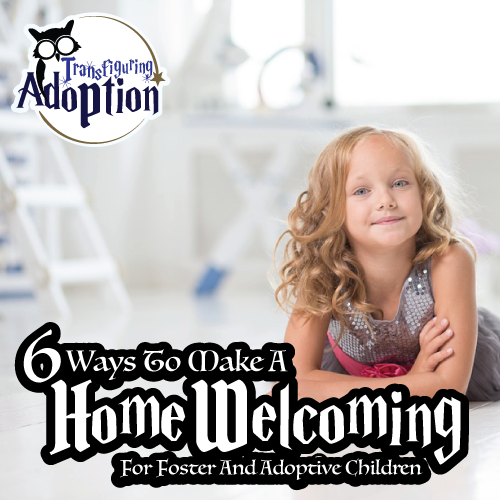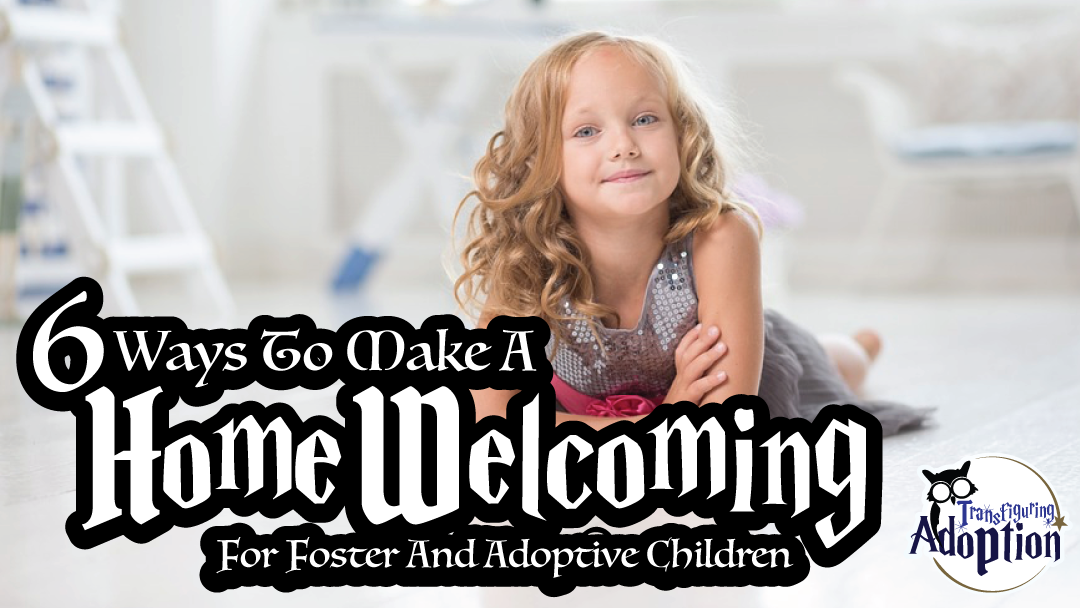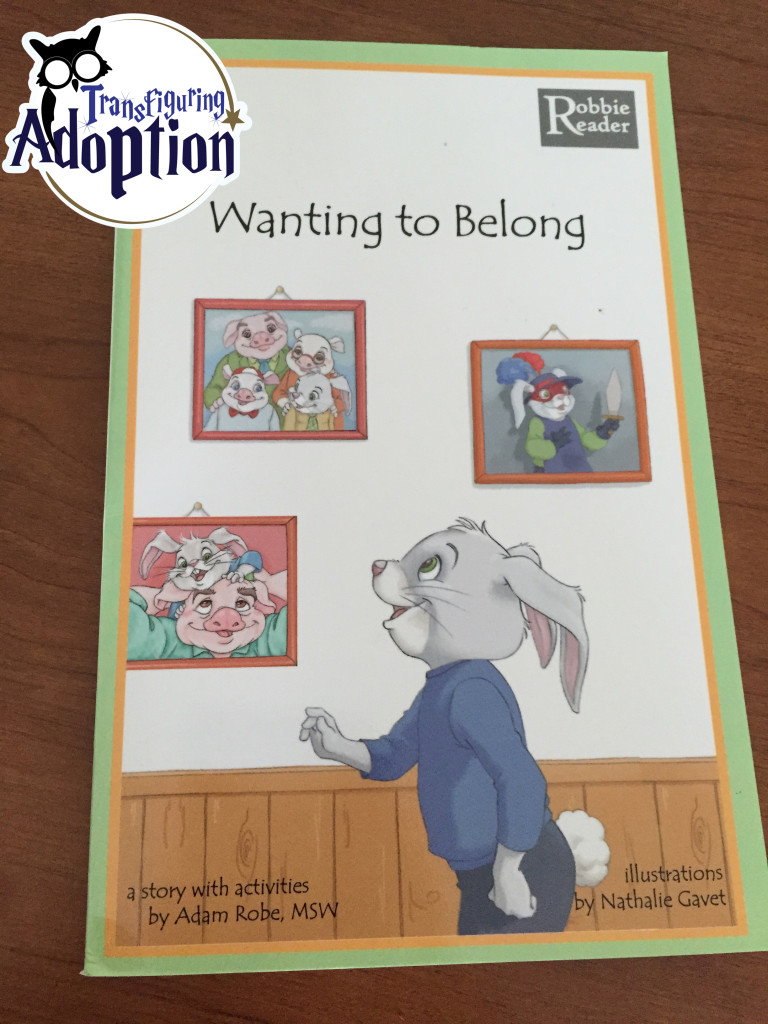We recently stayed at a hotel where we first could find no place to park. After parking far away, Darren checked us in and asked what there was to do around the hotel. The individual said that we should have stayed where we were coming from because the city was awful, and there was nothing to do. We went to our room, and there was a man arguing with someone on a cellphone outside on our (shared) balcony as we tried to get the kids to sleep.
Did we feel welcome in that space? The fireplace in our room and the coziness of it could not make up for all the ways we had felt like we didn’t belong there. As patrons, we expect to feel welcomed into places we’re staying as a “home away from home.” It’s no less important for foster or adoptive children to feel welcomed when they are placed in our homes. Here are ideas of ways to help them feel at home.
- A Space of Their Own
Children need a little space to claim as their own. I read a comment once on Facebook from an adoptive family who welcomed a foster child for adoption. The child got to pick out furniture at a store and remarked about how it was to be the first time their bed hadn’t been slept in by others first. Granted, not every family can go out and get new furniture for a child, but a little space (bed, closet space, some drawers, maybe a desk and a chill out and get away from everyone else to calm down space) for them to be only theirs goes a long way to making a child feel special and cared for and not discarded. - Felt Safety
Felt safety is a term used by Drs. Purvis and Cross in their life-changing book The Connected Child. (Note: This topic is so important that they make “Chapter 4: Disarming the Fear Response with Felt Safety” available online for free. I highly recommend reading this chapter when you can.) What is “felt safety?”“You can take an important step toward eliminating tantrums and misbehaviors – and enabling learning and positive family relationships – by providing an atmosphere where children feel and experience safety for themselves. We like to describe this strategy as providing “felt safety.” This means that adults arrange the environment and adjust their behavior so children can feel in a profound and basic way that they are truly safe in their home and with us. Until a child experiences safety for his or herself, trust can’t develop, and healing and learning won’t progress. We offer “felt safety” so healing may begin.”
As adults, we know a child is safe in our home. However, they don’t feel safe. There are things we did frequently in the beginning with our kids. We had food readily accessible and just required that they ask first to help with food issues. We took them with us to lock doors and windows and test them. We had a huge felt safety win the other day. Two of our kiddos are extremely hypervigilant and fearful about going to sleep. One had been expressing some more increased fear lately and kept going around the house in the mid
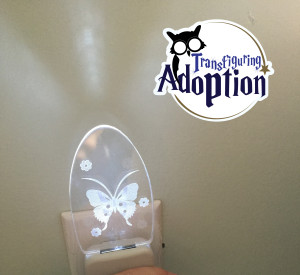 dle of the night turning all the lights on just to cross the hall to the bathroom. We picked up a new night light for the child’s bedroom (a cool one with 2 LED images of a butterfly that interchange). The hugs and excitement that followed me plugging it in were nothing compared to the comment I heard from the hallway as I looked back and saw the child sitting Indian style in front of the light admiring it. “I told you and Dad I was scared of the dark, and you got me this!” I declare that a win!
dle of the night turning all the lights on just to cross the hall to the bathroom. We picked up a new night light for the child’s bedroom (a cool one with 2 LED images of a butterfly that interchange). The hugs and excitement that followed me plugging it in were nothing compared to the comment I heard from the hallway as I looked back and saw the child sitting Indian style in front of the light admiring it. “I told you and Dad I was scared of the dark, and you got me this!” I declare that a win! - Evidence That the Child Lives in the Home
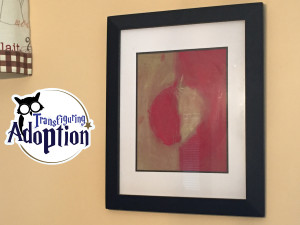 I have heard from many former foster youth that they desperately wanted to feel they belonged, but it was hard surrounded by the biological family’s belongings and pictures. A snapshot or school photo of the child in a frame on the mantle or a picture of them with your family by their bedside gives them a sense of belonging that can greatly impact them. Dalton went gaga over a picture of himself with Darren’s dad that we framed and put in his room. He still treasures it years later. Early on in her time in our home, Jasmine made a chalk drawing of an apple at school that all the teachers, staff, and parents just loved and were quick to tell us about when we visited the school. It was framed and put up in our living room as soon as they stopped displaying it at the school. It hangs in the kitchen of our new home. Cody and Matthew’s room has always contained pictures of them with their biological siblings. Any time we can frame a picture of the kids with birth family, we put them up for them to see.
I have heard from many former foster youth that they desperately wanted to feel they belonged, but it was hard surrounded by the biological family’s belongings and pictures. A snapshot or school photo of the child in a frame on the mantle or a picture of them with your family by their bedside gives them a sense of belonging that can greatly impact them. Dalton went gaga over a picture of himself with Darren’s dad that we framed and put in his room. He still treasures it years later. Early on in her time in our home, Jasmine made a chalk drawing of an apple at school that all the teachers, staff, and parents just loved and were quick to tell us about when we visited the school. It was framed and put up in our living room as soon as they stopped displaying it at the school. It hangs in the kitchen of our new home. Cody and Matthew’s room has always contained pictures of them with their biological siblings. Any time we can frame a picture of the kids with birth family, we put them up for them to see. - Personalization
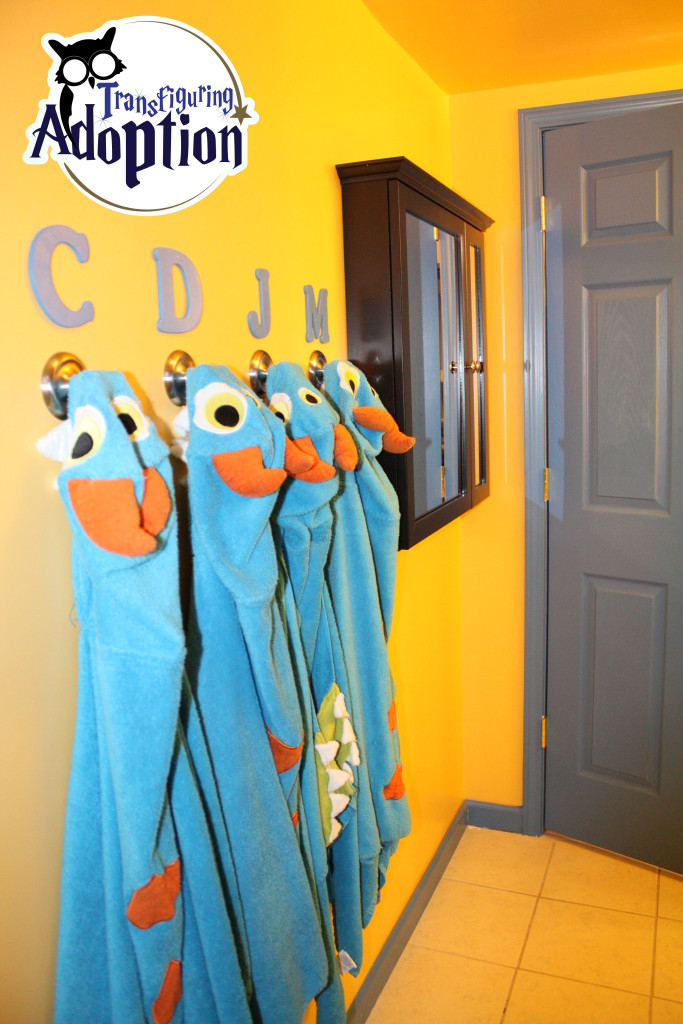 There are small, inexpensive ways to make personalizations for your home for a temporary placement, and more expensive ways to make them at home once you know they’re there to stay. I picked up inexpensive wooden letters with the kids initials to hang over their towels in the bathroom. My in-laws picked them up inexpensive room signs with their names. Jasmine picked out Spongebob sheets and curtains for a long while. It was a way to make the room hers without permanently changing things that another placement may not like.
There are small, inexpensive ways to make personalizations for your home for a temporary placement, and more expensive ways to make them at home once you know they’re there to stay. I picked up inexpensive wooden letters with the kids initials to hang over their towels in the bathroom. My in-laws picked them up inexpensive room signs with their names. Jasmine picked out Spongebob sheets and curtains for a long while. It was a way to make the room hers without permanently changing things that another placement may not like.
Now that the kiddos are adopted, and we’ve settled in the home we plan to be in hopefully for a few years (after a layoff and 2 moves), we wanted to start REALLY making their rooms personalized to them. Our older two boys both tested into Gryffindor on www.pottermore.com, so they’re getting a Gryffindor room. Jasmine will be displaying her loyalty in her new Hufflepuff room, and Dalton will proudly represent his house of clever Ravenclaws with his room. (Pictures will come in future blogs I’m sure!)
- Activities Done Together in the Home
There are lots of activities that you can do with
your kiddos in your home to make them feel like it is their home, too. Here are a couple of the things we did. Not long after all our children moved in, we planted what we coined our “family tree.” It was little more than a twig at the time, and as a family, we took turns watering and caring for our little tree, making sure it had stability and all it needed (as we do for our kids!). Over the years, it is becoming a really pretty dwarf Japanese maple. Here you can see how it had grown in the couple years before we moved out of state in 2012.Another way to make a child feel like they belong in a household is by including them in home improvement projects. This may be done with simple projects like putting together new furniture for their room or bigger remodeling or painting projects. We had gutted and remodeled most of our Illinois home before our kiddos moved in. However, the early 1900s kitchen was “eclectic” with some 1950s (metal cabinets with porcelain drain board and sink) and 1970s updates (drop ceilings and white and lime green paneling) intact. The kids had a blast helping me do the demolition work when I could no longer tolerate trying to feed a family of 6 in the outdated and not well utilized space. Sledgehammers are really fun! 😉 Of course, safety and age appropriateness of a project must always be considered first. - Visuals to Help the Child Adapt
There are many simple visuals you can place around your home to help a child become more comfortable. A welcome booklet with pictures of people (family, teachers, church members, etc.) and places (playground, daycare, school, church, grocery store, etc.) they will see while living at your home with descriptions of them will help children feel more at ease knowing what to expect. Simple, visual schedules of routines, menus, chore charts, and so on increases a child’s sense of control and felt safety as well.
Discussion Questions:
What have you noticed made a child feel more at ease in your home?
What have you done in your home to welcome new kiddos?
How have you made kids feel safe?
Reach Your Kiddos On Their Level About This Topic
An excellent children’s book about this topic is Wanting to Belong by Adam Robe.
